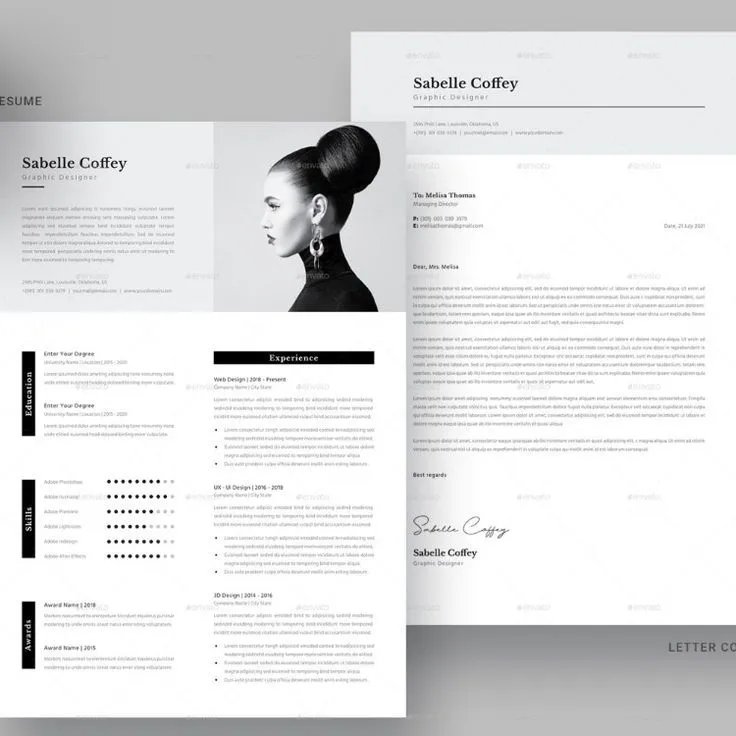Cover Letter Best Practices
A well-crafted cover letter and a compelling CV are essential tools in your job search arsenal. These documents serve as your first impression on potential employers, offering a glimpse into your qualifications, skills, and experience. Understanding the best practices for creating these documents is crucial for standing out from the competition and landing your dream job. This guide delves into the key aspects of writing effective cover letters and CVs, providing samples and insights to help you succeed.
Highlighting Your Skills
Your cover letter and CV should showcase your skills in a clear and concise manner. Identify the core skills required for the job and explicitly state how you possess them. Use action verbs to describe your accomplishments, demonstrating your abilities rather than simply listing them. Focus on both hard skills (technical abilities) and soft skills (interpersonal qualities) that align with the job requirements. Tailor your skills section to match each specific job application, emphasizing the most relevant competencies.
Quantifying Achievements
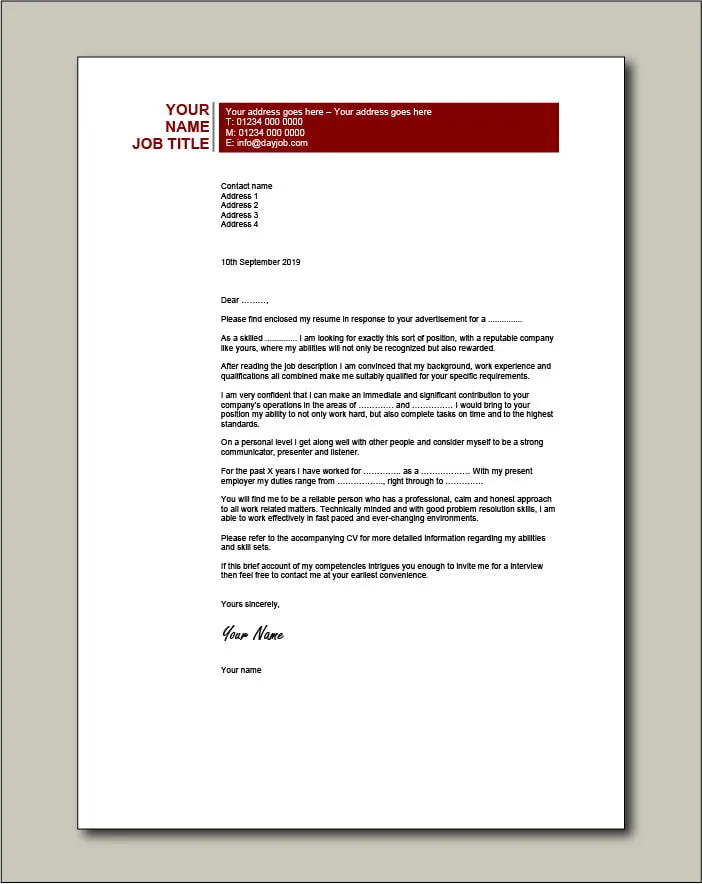
Instead of simply listing your responsibilities, quantify your achievements with concrete data and metrics. Use numbers and percentages to illustrate the impact you made in previous roles. For example, instead of stating that you “managed social media,” you could say “Increased social media engagement by 30% in six months.” This provides tangible evidence of your capabilities and demonstrates the value you can bring to a new employer. Quantifying your accomplishments makes your application more persuasive and memorable.
Tailoring to the Job Description
One of the most critical best practices is tailoring your cover letter and CV to each specific job application. Carefully review the job description and identify the key requirements and keywords. Customize your documents to directly address these requirements, highlighting the relevant skills and experiences that align with the position. Avoid using a generic template; instead, personalize your application to show that you understand the role and are a strong fit for the company. This demonstrates your genuine interest and attention to detail.
CV Sample Basics
Your CV, or Curriculum Vitae, is a comprehensive summary of your professional and educational background. It provides employers with a detailed overview of your qualifications and achievements. A well-structured CV is essential for making a positive first impression. Understanding the key components and formatting guidelines is crucial for creating an effective CV that highlights your strengths and captures the attention of potential employers.
Formatting Your CV
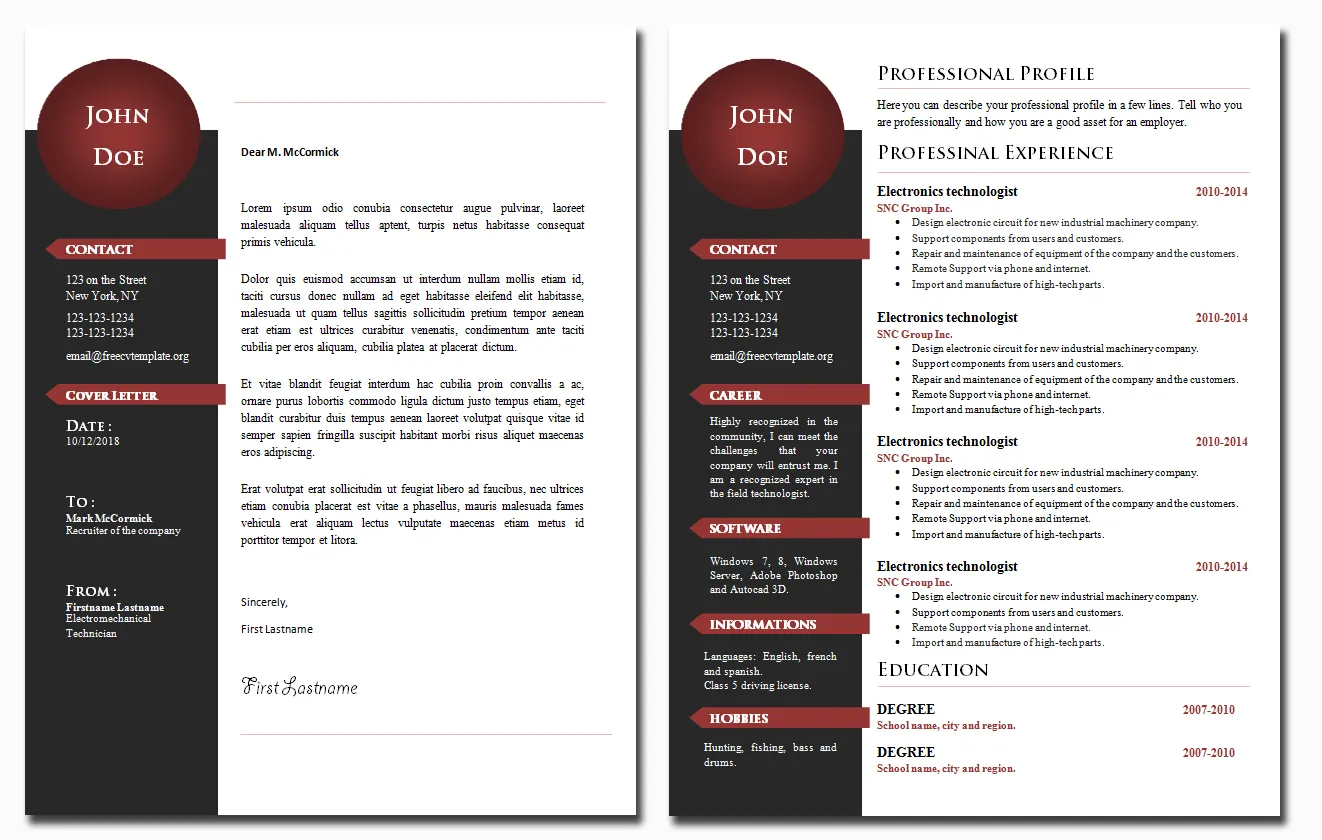
The format of your CV should be clean, professional, and easy to read. Use a clear and consistent font, such as Arial or Times New Roman, and maintain consistent formatting throughout the document. Organize your information logically, using headings and subheadings to separate different sections. Keep the layout uncluttered and avoid excessive use of colors or graphics. Ensure that your CV is well-formatted for both electronic and printed viewing.
Sections to Include
A standard CV typically includes several key sections. The specific sections you include may vary depending on your experience and the type of job you are applying for. However, it’s essential to include the core sections that provide employers with a comprehensive overview of your qualifications. Ensure that each section is well-organized and provides relevant information that supports your application.
Contact Information and Personal Details
Start your CV with your contact information, including your full name, phone number, email address, and LinkedIn profile URL (if applicable). Ensure that your contact information is accurate and up-to-date. You may also include a link to your online portfolio or professional website. Keep your personal details concise and professional.
Work Experience
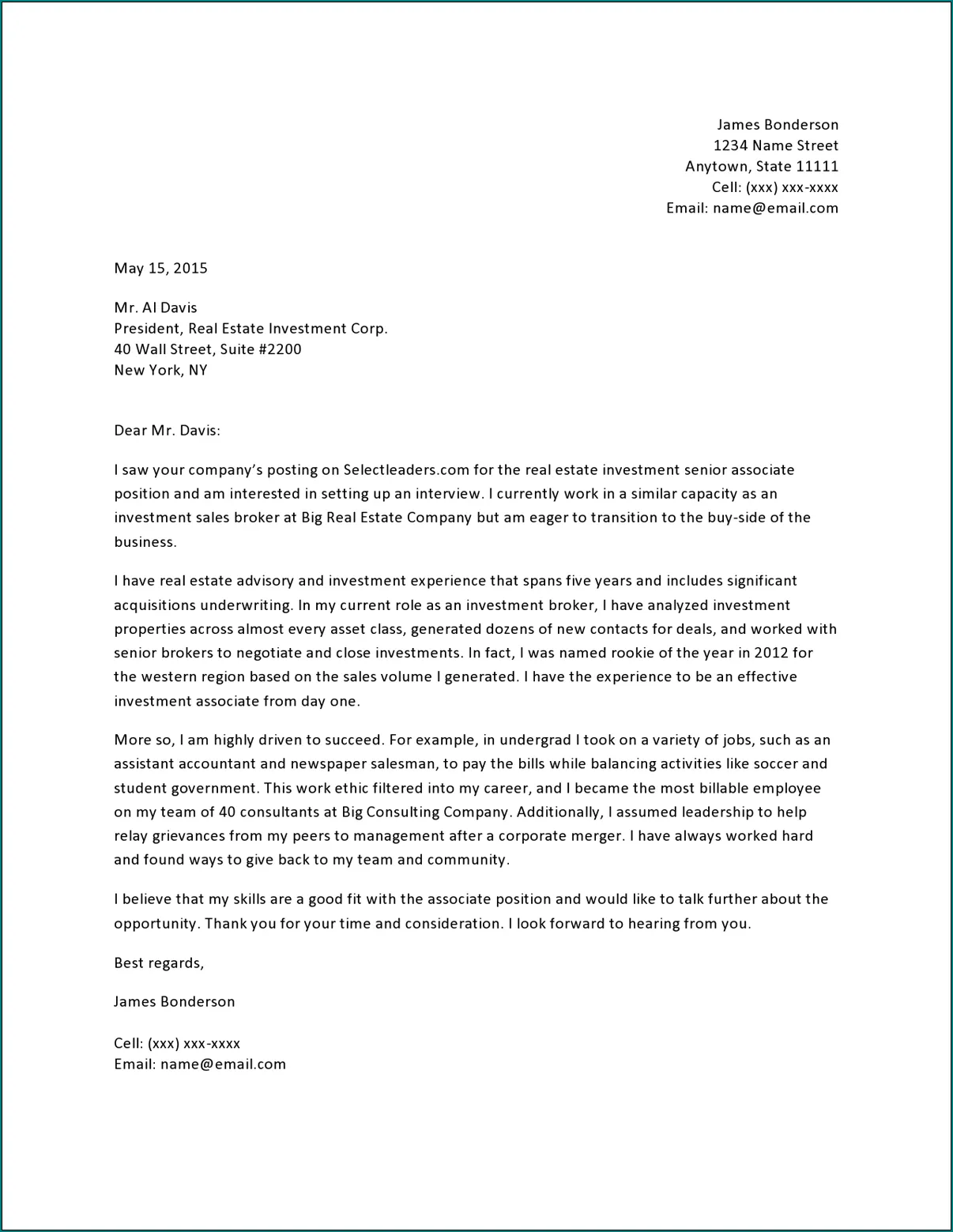
This is the most important section of your CV. List your work experience in reverse chronological order, starting with your most recent position. For each role, include the job title, company name, dates of employment, and a brief description of your responsibilities and achievements. Use action verbs to describe your accomplishments and quantify your results whenever possible.
Education
List your educational background, including the names of the institutions you attended, degrees earned, and dates of attendance. Include any relevant honors, awards, or academic achievements. If you have significant work experience, you can place this section after your work experience section.
Skills
Highlight your relevant skills, both hard and soft. This section can be formatted as a bulleted list or grouped by skill category. Be specific and include keywords from the job description. Consider including both technical skills (e.g., software proficiency) and soft skills (e.g., communication, teamwork).
Cover Letter vs. CV
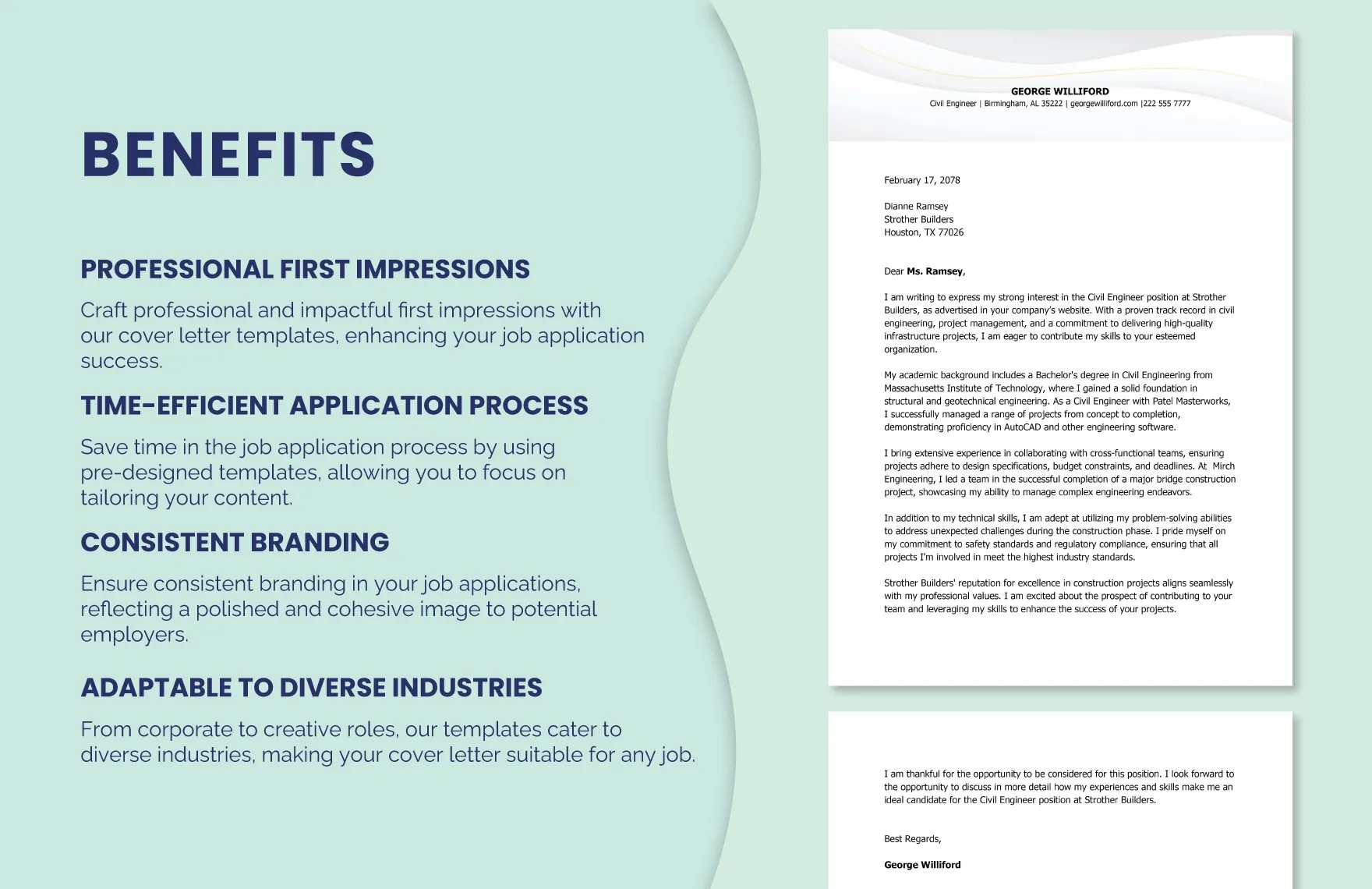
Understanding the distinct roles of a cover letter and a CV is crucial for a successful job application. These documents complement each other, providing different perspectives on your qualifications and suitability for the role. Knowing how to effectively leverage each document will significantly increase your chances of securing an interview.
The Purpose of Each Document
A CV is a comprehensive record of your qualifications, experience, and education. It provides a detailed overview of your professional history and achievements. The purpose of a CV is to provide employers with a quick and easy way to assess your qualifications. A cover letter, on the other hand, is a personalized introduction that highlights your interest in the specific job and explains why you are a good fit for the company. The primary goal of a cover letter is to capture the reader’s attention and persuade them to read your CV.
Complementary Roles
The cover letter and CV serve complementary roles in your job application. The cover letter introduces you and provides context for your CV, while the CV provides the detailed information to back up your claims. The cover letter should highlight your key skills and experiences and explain how they align with the job requirements. The CV provides the supporting details, such as your job history, education, and skills. Together, they create a complete picture of your qualifications.
Cover Letter Sample Analysis
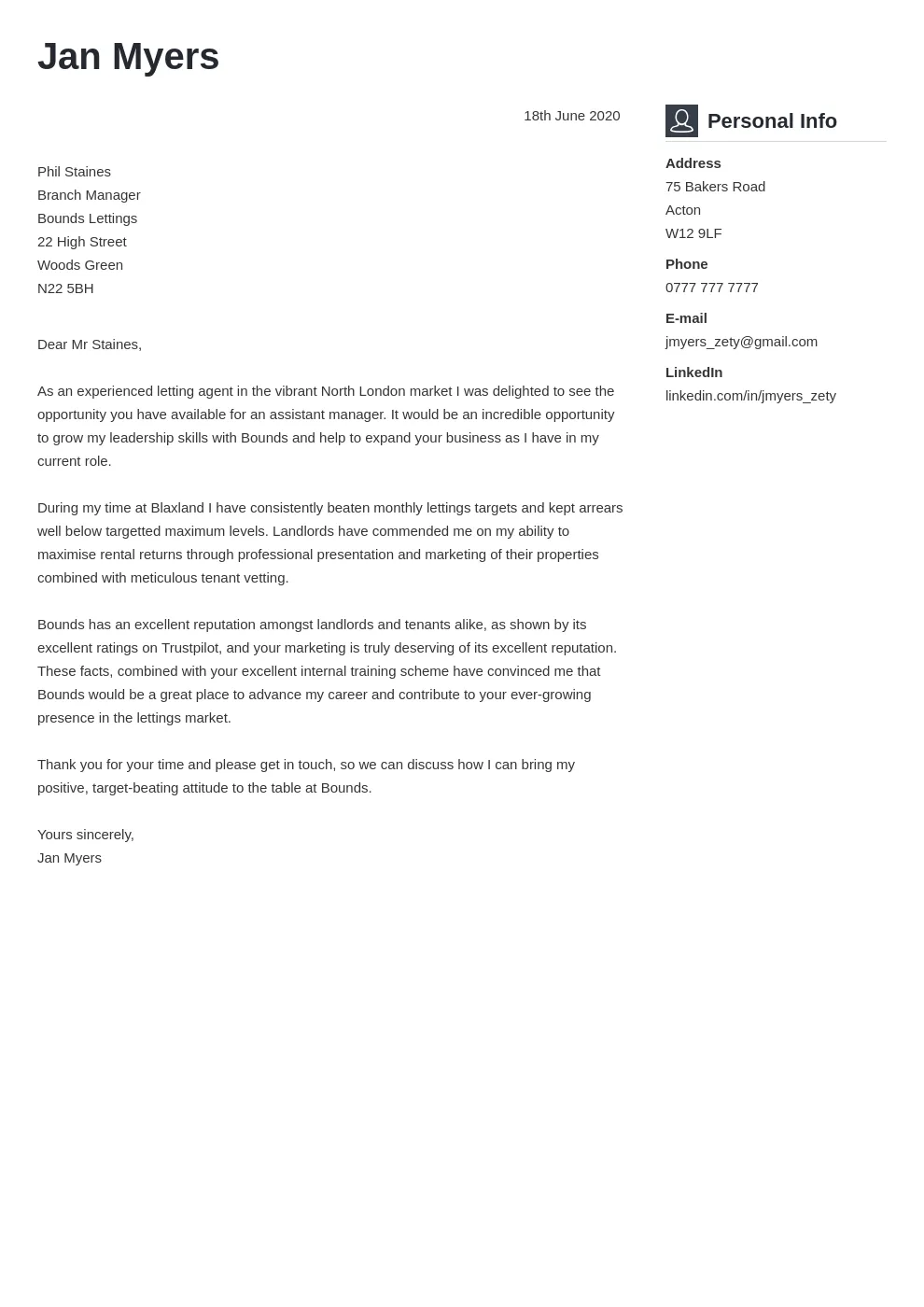
Analyzing a sample cover letter can help you understand the structure, content, and tone of an effective application. By examining a well-written cover letter, you can learn how to effectively communicate your skills and qualifications and persuade the employer to read your CV. Studying sample cover letters will give you a better grasp of how to write your own cover letter.
Introduction and Greeting
Start your cover letter with a professional greeting, such as “Dear Mr./Ms./Mx. [Last Name].” If you are unsure of the hiring manager’s name, you can use “Dear Hiring Manager” or “Dear [Company Name] Hiring Team.” The introduction should clearly state the position you are applying for and how you learned about the opportunity. Briefly mention your key qualifications and express your enthusiasm for the role.
Body Paragraphs
The body paragraphs of your cover letter should elaborate on your skills and experiences, highlighting how they align with the job requirements. Use specific examples to demonstrate your accomplishments and quantify your results. Explain why you are interested in the company and the specific role. Focus on the value you can bring to the organization. Tailor each paragraph to the specific job and company.
Call to Action
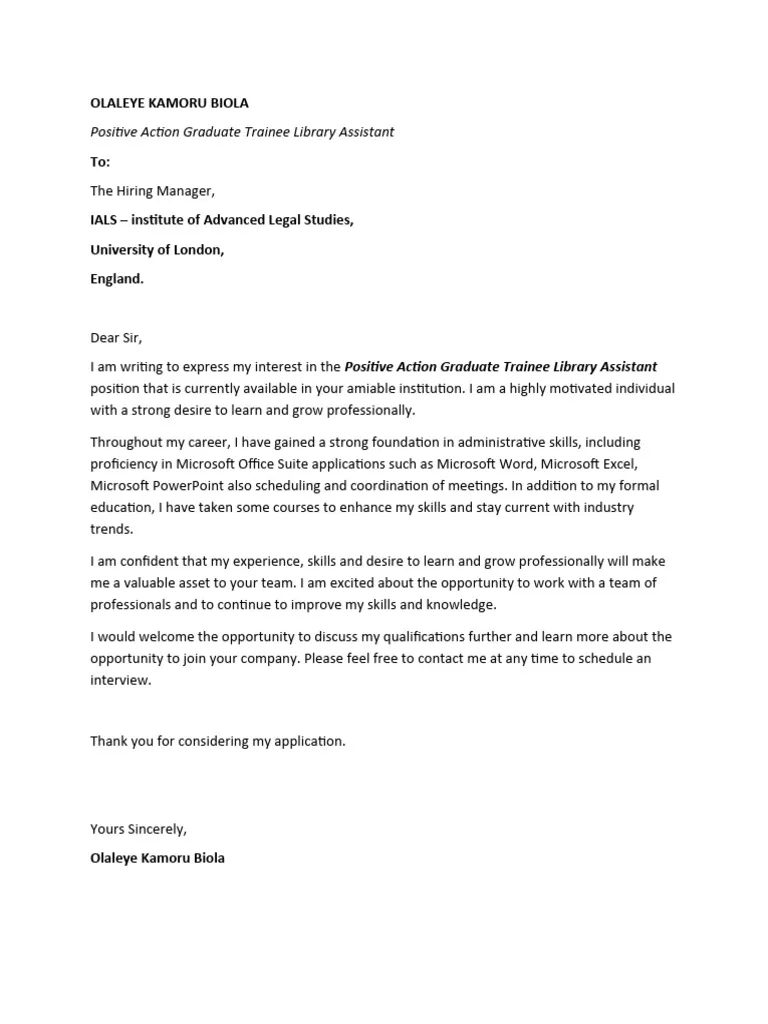
Conclude your cover letter with a clear call to action. Express your interest in an interview and reiterate your enthusiasm for the position. Thank the employer for their time and consideration. Provide your contact information again and indicate that you have attached your CV for their review. End with a professional closing, such as “Sincerely” or “Best regards.”
CV Sample Analysis
Analyzing a well-written CV sample can reveal the key elements of a strong professional document. By examining successful examples, you can gain insights into best practices for formatting, content, and presentation. Studying CV samples helps you understand how to showcase your skills and experiences and creates an effective CV.
Analyzing a Strong CV
A strong CV is clear, concise, and easy to read. It is well-organized and provides a comprehensive overview of your qualifications. It highlights your key skills and experiences, using action verbs and quantifying achievements whenever possible. It is tailored to the specific job and company. The layout should be clean and professional. Use formatting to draw attention to important information.
Common Mistakes to Avoid
Avoid common mistakes that can undermine your job application. These include spelling and grammar errors, a lack of tailoring to the job description, and including irrelevant information. Avoid using generic language and clichés. Ensure your contact information is accurate and up-to-date. Don’t include personal opinions or overly casual language. Check for inconsistencies in formatting. Proofread and edit your cover letter and CV carefully before submitting them.
